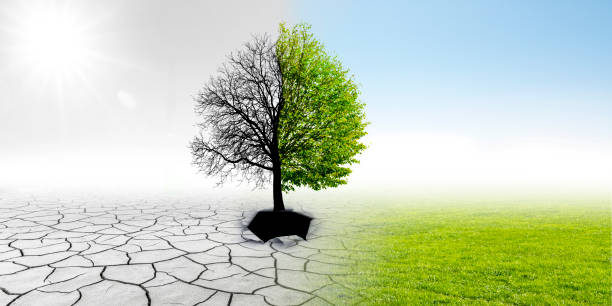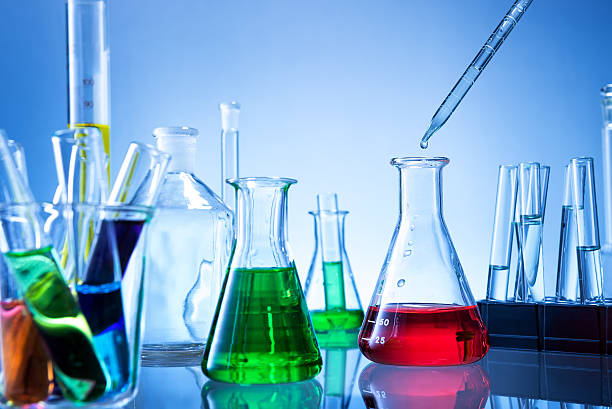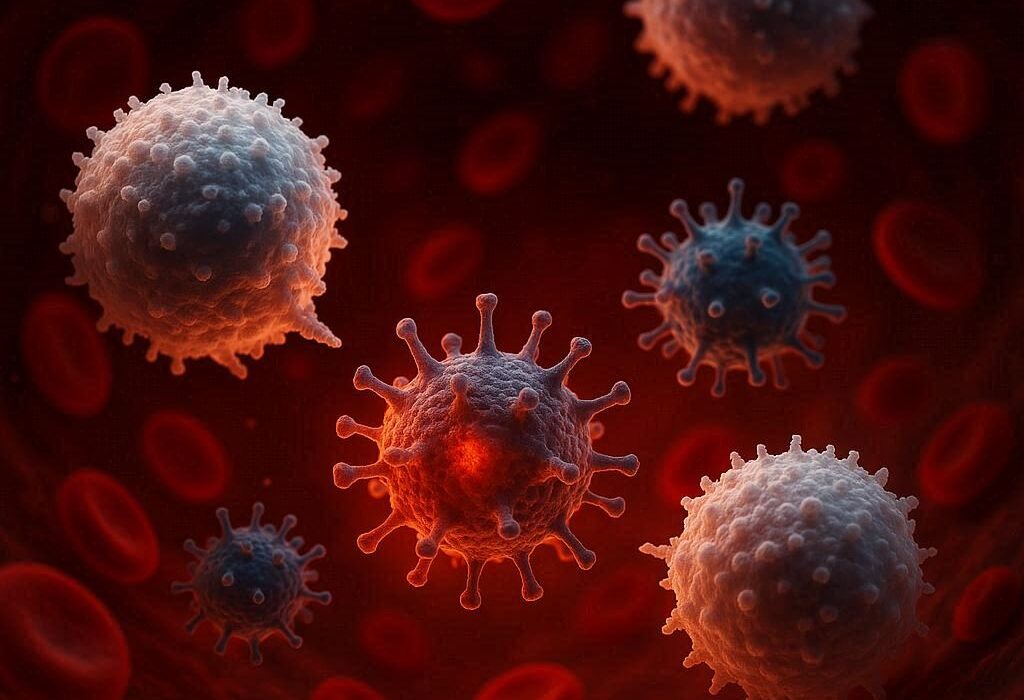Climate change is one of the most urgent challenges humanity has ever faced. It is not a distant threat reserved for future generations—it is happening here and now, reshaping our world in ways that are both profound and unsettling. From rising seas to vanishing ice, from extreme heatwaves to collapsing ecosystems, the evidence is overwhelming. Yet the full scope of what climate change means is often underestimated, overlooked, or misunderstood.
This article will uncover 15 of the most shocking, scientifically accurate facts about climate change. These facts are not meant to terrify but to illuminate, to show the gravity of the situation while also inspiring awareness and action. Climate change is not simply about melting glaciers; it is about the survival of species, the security of nations, and the future of life on Earth.
1. The Last Decade Was the Hottest in Recorded History
When scientists talk about global warming, they often look at long-term patterns. The data is striking: the decade from 2010 to 2019 was the hottest ever recorded since modern measurements began in the late 19th century. Each of the last eight years has ranked among the hottest on record.
This isn’t just about warmer summers. Rising average temperatures mean more frequent heatwaves, disrupted weather systems, and devastating impacts on agriculture and water supplies. It is a reminder that climate change is not a prediction for the future—it is a present reality.
2. We Are Adding 152 Million Tons of Greenhouse Gases to the Atmosphere Every Day
Every single day, human activities pump more than 152 million tons of greenhouse gases—mainly carbon dioxide and methane—into Earth’s atmosphere. These gases trap heat, acting like an invisible blanket around the planet.
The scale is staggering. To visualize it, imagine billions of cars running continuously or countless factories belching smoke into the sky. That is the magnitude of humanity’s daily contribution to global warming. Unless emissions are drastically reduced, this invisible blanket will continue to thicken, heating our planet beyond safe limits.
3. The Arctic Is Warming Four Times Faster Than the Rest of the World
The Arctic is ground zero for climate change. Scientists have found that it is warming at nearly four times the global average. This rapid warming is melting ice sheets, thawing permafrost, and disrupting ecosystems.
The melting of Arctic sea ice is especially alarming because it reduces Earth’s ability to reflect sunlight. Bright, white ice bounces solar energy back into space, but as it disappears, darker ocean water absorbs more heat, creating a dangerous feedback loop that accelerates warming worldwide.
4. Sea Levels Could Rise More Than 3 Feet by 2100
Rising seas are among the most visible consequences of climate change. Driven by melting ice sheets in Greenland and Antarctica and the thermal expansion of warming oceans, global sea levels have already risen about 8 inches since 1880.
Projections suggest that by the end of this century, seas could rise by more than 3 feet—and possibly higher if ice sheet melting accelerates. This would put hundreds of millions of people in coastal cities at risk, displacing populations and causing massive economic losses. From New York to Dhaka, entire communities could be reshaped or lost.
5. Extreme Weather Is Becoming the New Normal
Climate change is amplifying extreme weather events around the globe. Hurricanes are growing stronger, wildfires are more intense, droughts are longer, and floods are more devastating.
The World Meteorological Organization has confirmed that climate change is making such disasters both more frequent and more severe. In 2021, for instance, a single heatwave in Canada pushed temperatures above 49°C (121°F), killing hundreds and sparking massive wildfires. These are not isolated events—they are warnings of what the future holds if warming continues unchecked.
6. Coral Reefs Could Vanish Within Our Lifetime
Coral reefs, often called the “rainforests of the sea,” are among the most diverse ecosystems on Earth. Yet they are also incredibly fragile. Rising ocean temperatures cause corals to expel the algae they depend on for survival, leading to coral bleaching.
If global temperatures rise by just 2°C above pre-industrial levels, nearly all coral reefs could be lost. This would be catastrophic, as reefs support about 25% of all marine species and provide food and livelihoods for millions of people. The death of coral reefs would not just be an ecological tragedy—it would destabilize entire human communities.
7. Billions of Tons of Ice Are Melting Every Year
Every year, Greenland alone loses more than 270 billion tons of ice, while Antarctica loses about 150 billion tons. Together, this melting contributes significantly to sea level rise.
These staggering losses are reshaping coastlines, altering ocean circulation patterns, and threatening wildlife that depends on ice for survival. Polar bears, penguins, and seals are among the most visible victims, but the ripple effects extend across the entire planet.
8. Climate Change Is Driving a Mass Extinction
Earth is currently experiencing what many scientists call the sixth mass extinction. Unlike previous extinction events caused by asteroids or volcanic activity, this one is driven largely by human actions—including climate change.
Rising temperatures, shifting habitats, and extreme weather are pushing countless species toward extinction. Studies estimate that 1 million species are at risk, from insects and amphibians to mammals and plants. The loss of biodiversity threatens not only ecosystems but also human survival, since we rely on healthy ecosystems for food, water, and medicine.
9. Permafrost Is Releasing Ancient Greenhouse Gases
In the Arctic, vast areas of frozen ground known as permafrost are thawing due to rising temperatures. This is not just a geological curiosity—it is a climate time bomb.
Permafrost contains massive stores of carbon, locked away for thousands of years. As it thaws, it releases carbon dioxide and methane—both powerful greenhouse gases—into the atmosphere. Scientists estimate that permafrost holds twice as much carbon as the atmosphere currently contains. If released, it could create a feedback loop that accelerates global warming beyond our control.
10. Oceans Are Becoming More Acidic
The oceans act as a giant sponge, absorbing about 30% of the carbon dioxide humans emit. While this helps reduce greenhouse gases in the atmosphere, it comes at a terrible cost: ocean acidification.
As CO₂ dissolves in seawater, it lowers the pH, making the oceans more acidic. This disrupts the ability of marine organisms like corals, shellfish, and plankton to build shells and skeletons. Since these creatures form the foundation of marine food webs, acidification threatens entire ecosystems and fisheries that billions of people depend on.
11. Climate Change Is a Public Health Crisis
Climate change isn’t only about the environment—it is a direct threat to human health. Heatwaves kill thousands of people every year, and rising temperatures are expanding the range of diseases like malaria and dengue fever.
Air pollution, closely linked to fossil fuel burning, contributes to millions of premature deaths annually. Floods contaminate drinking water, while droughts lead to malnutrition. The World Health Organization has declared climate change the biggest health threat facing humanity in the 21st century.
12. Climate Refugees Are Already a Reality
As rising seas swallow coastlines and extreme weather devastates communities, millions of people are being forced to leave their homes. These individuals are known as climate refugees.
By 2050, the World Bank estimates that over 200 million people could be displaced by climate-related factors. Entire nations, such as island countries in the Pacific, face the possibility of becoming uninhabitable. Climate change is not just an environmental crisis—it is a humanitarian and geopolitical one, with profound implications for global stability.
13. The Richest 1% Contribute More to Climate Change Than the Poorest Half of Humanity
Climate change is also a story of inequality. Studies show that the wealthiest 1% of the global population are responsible for more emissions than the poorest 50% combined.
This disparity means that those least responsible for climate change—the poor, marginalized, and developing nations—are often the ones who suffer the most from its impacts. Floods, droughts, and storms disproportionately devastate communities with the fewest resources to adapt or recover. Climate justice is therefore inseparable from climate science.
14. The Amazon Rainforest Could Soon Emit More Carbon Than It Absorbs
Often called the “lungs of the Earth,” the Amazon rainforest has long been one of the planet’s greatest carbon sinks, absorbing vast amounts of CO₂. But deforestation, fires, and climate stress are pushing the Amazon to a tipping point.
Scientists warn that parts of the Amazon are already emitting more carbon than they absorb. If this trend continues, the rainforest could transform from a carbon sink into a carbon source, accelerating global warming and devastating biodiversity. Losing the Amazon would mean losing one of the Earth’s most vital defenses against climate change.
15. We Still Have Time—But It’s Running Out
Perhaps the most shocking fact of all is this: while climate change is already reshaping our world, we still have a window of opportunity to act. Scientists warn that to avoid the most catastrophic impacts, global warming must be limited to 1.5°C above pre-industrial levels.
This requires slashing global emissions by nearly half by 2030 and reaching net-zero by mid-century. The challenge is immense, but not impossible. Renewable energy, reforestation, sustainable agriculture, and technological innovation all provide hope. What is lacking is not knowledge, but political will and collective action.
Conclusion
Climate change is not a distant threat. It is here, it is now, and it is unfolding faster than most of us realize. These 15 facts reveal not just the science of climate change, but the urgency of the crisis and the human stories at its core. From rising seas to climate refugees, from vanishing coral reefs to public health threats, the evidence is clear: the future of our planet hangs in the balance.
And yet, amid the warnings, there is also a message of hope. The science is not only telling us what is wrong—it is showing us the solutions. The most shocking truth may be that the fate of the planet still rests in our hands. If we act boldly and decisively, we can still shape a future where life on Earth thrives.






